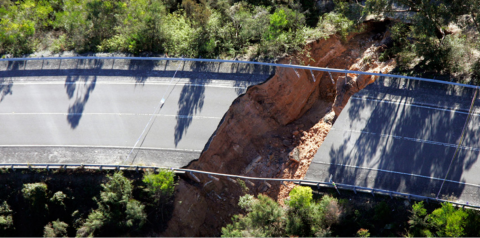Building Resilient Infrastructure


This report reviews the decision-making process for new infrastructure and emphasizes the need to embed resilience into this process and practical guidance to do so. It is based on findings that show critical infrastructure is highly vulnerable to, and a major casualty of, natural disasters. Repairing or replacing infrastructure after a natural disaster is often costly and difficult, and can worsen the suffering of affected communities.
The report makes three key recommendations:
– Improve infrastructure planning processes: integrate resilience in government and industry decision-making by adopting the principles for resilience in infrastructure planning;
– Improve incentives: prioritize policy changes and funding arrangements that ensure disaster resilience is considered and incorporated, where appropriate, into infrastructure planning;
– Improve capacity: government and industry should work to strengthen the technical capacity of practitioners to identify, analyze and evaluate the costs and benefits of resilience options.
Australian Business Roundtable for Disaster Resilience & Safer Communities and Deloitte Access Economics, March 2016
Online Report
http://australianbusinessroundtable.com.au/assets/documents/Report%20-%20Building%20Resilient%20Infrastructure/Report%20-%20Building%20resilient%20infrastructure.pdf
